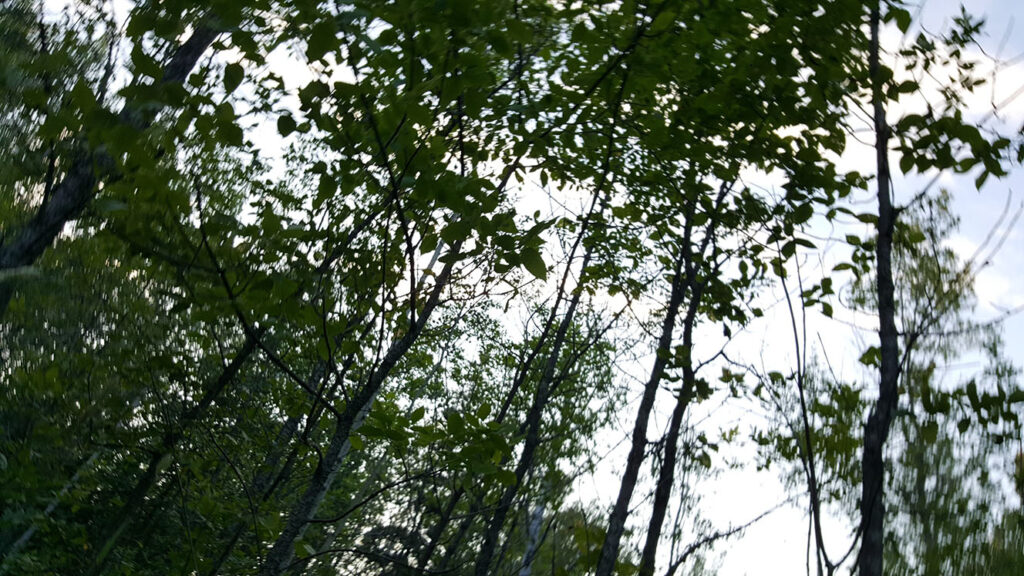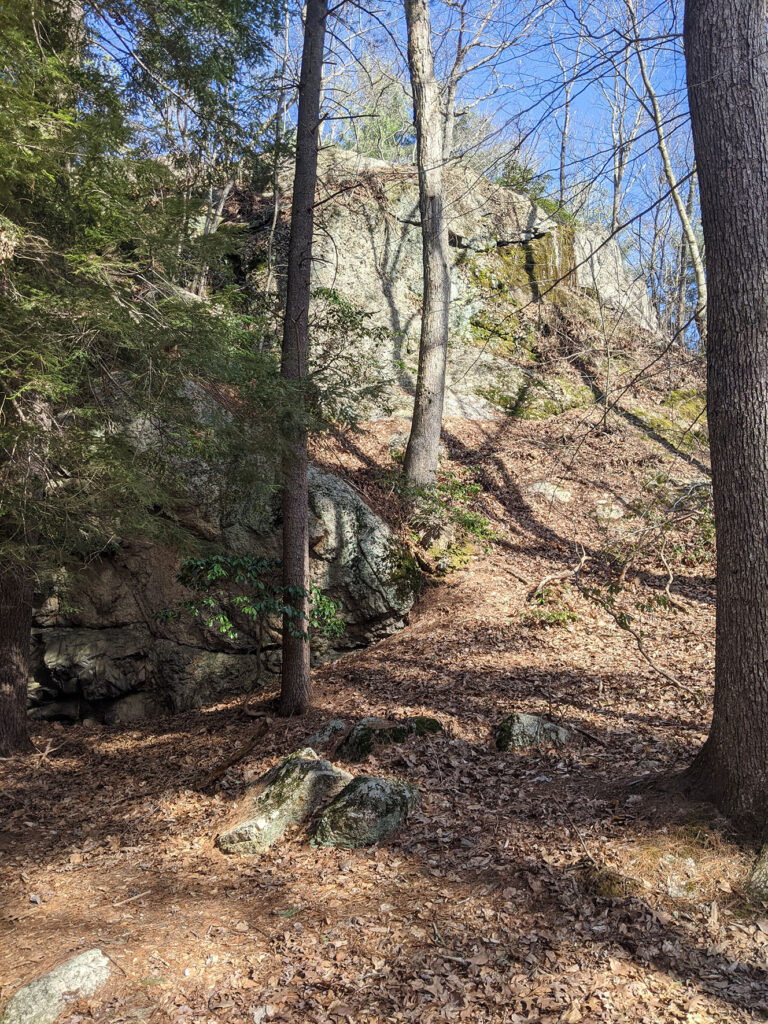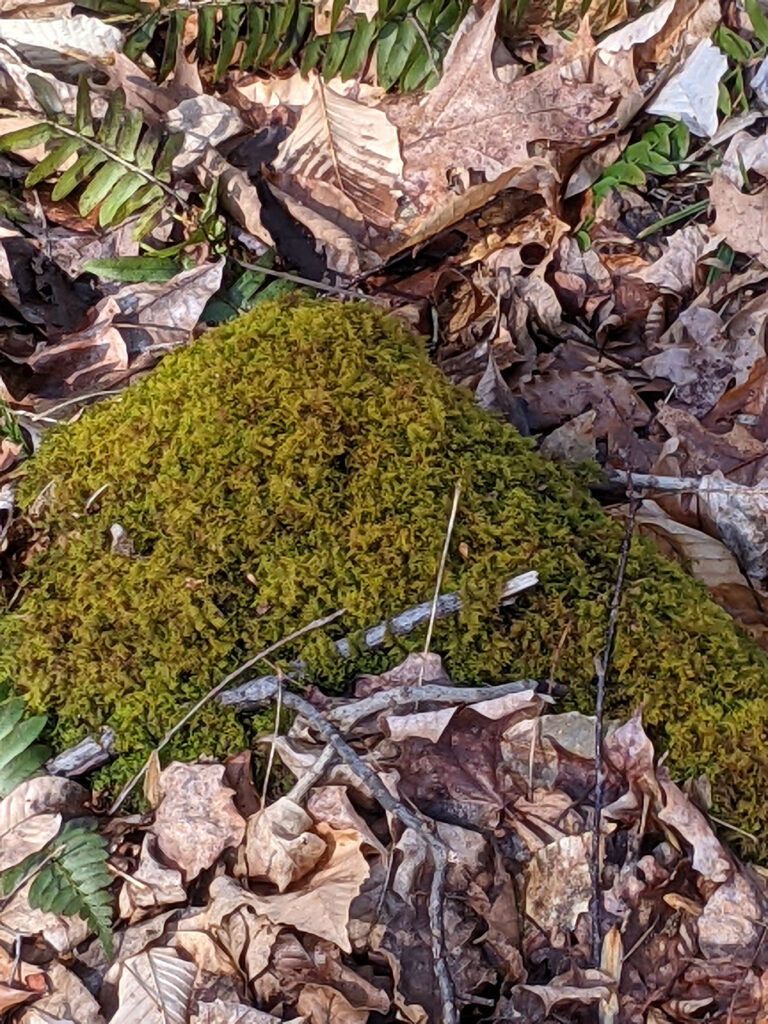What is it? A temperate forest is classified by climate (temperature, soil type, amount of light) and tree density. Climate determines the plant and animal life that inhabit the area. Biomes are based on growing seasons and there are seven different types on earth. Temperate forest biome is the second largest of the biomes covering 25% of the world’s forests.
Humid and warm summers, a reawakening spring, a cool fall, winters below freezing plus rainfall equal to 30” – 60” annually and fertile soil combine to describe the eastern United States. This results in a temperate (moderate climate) forest biome. There are 3 forest biomes. The rain forest, temperate forest and Taiga. The rain forest is located near the equator. The Taiga is found in the far north. The temperate forest is located in between.
A forest is comprised of three parts.



The trees are deciduous that annually lose their leaves in the fall, providing coverage and insulation in winter to the forest floor. There are also forests made up of coniferous trees with needles and cones. Then there are combinations of the two types of trees that make up other forests.
On your next hike look up for the canopy (oaks, maples…), understory (rhododendron, mountain laurels…) and don’t forget to see what plants grow at your feet on the forest floor (ferns, moss…) Depending on the time of year, you might find a number of different nuts and seeds.
What trees, plants, birds and animals did you see and hear in the forest? If you want to know the name of something you see…check out the different apps available to answer your questions in “5 Tips on Photographing Nature“. Fill your backpack with your map, camera/phone, journal, water, sunscreen, wet ones and a few band aids (just in case), hat and snacks before you head out. If you are looking for us, you will find us outside.


